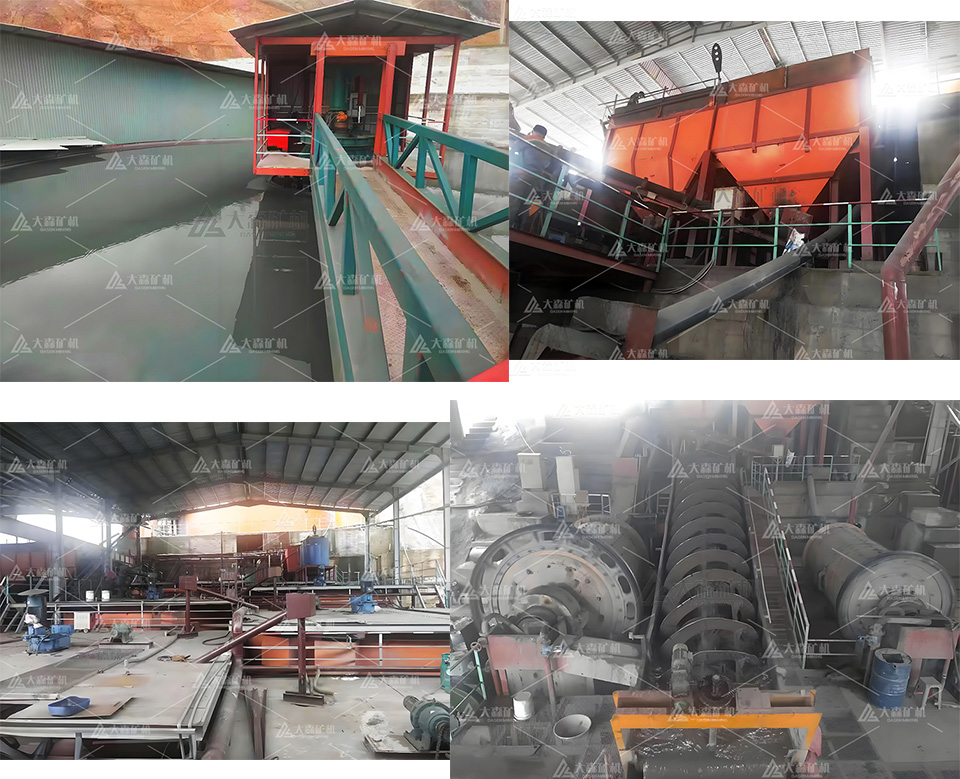The gold cyanide leaching method effect of gold mines is poor. Why is that?
According to process mineralogy, physical wrapping and chemical interference are the main reasons to hinder the cyanide-leaching gold recovery process in refractory gold ores.
Physical wrapping describes gold that is highly dispersed in other main minerals in the form of fine-grained or sub obvious particles. Gold is mostly wrapped in pyrite and arsenopyrite (arsenopyrite), followed by copper, lead, and zinc sulfides. Quartz and sulfate contain less wrapped gold, but quartz and silicate cannot be economically and effectively recovered at this time.
At present, Baoxiang is the most important type of refractory gold deposit. This is also a type of refractory gold deposit that has been studied most and is currently well understood. Note that the main minerals containing gold, such as pyrite and arsenopyrite, are also one of the main causes of chemical interference.
Chemical Interference occurs when substances in the ore consume cyanide, oxygen, and gold, making the cyanide leaching method less effective. These interferences can be categorized as follows:
(1) There are various sulfide minerals in gold-bearing ores that consume atmospheres;
(2) Some minerals consume oxygen during decomposition in the ore;
(3) There are carbonaceous substances in the ore that can adsorb the dissolved gold complex, and their properties are similar to activated carbon, resulting in the phenomenon of “robbing gold”;
(4) Arsenic, antimony, lead and other minerals in the ore dissolve to form some compounds or colloids, which are adsorbed on the surface of gold particles to form a protective film, which hinders the leaching of gold
(5) Gold exists in the form of insoluble gold or compound;
(6) When gold comes into contact with other conductive minerals, the anodic dissolution of gold is passivated.
In the world, the most common refractory ore is sulfide ore with high arsenic, high sulfur, and high carbon. A potential reserve of more than hundreds of tons of gold is believed to exist in the high arsenic, high carbon and fine-grained disseminated gold deposits found in Yunnan, Guizhou, Sichuan, and other parts of China.
To overcome these barriers and enhance the effectiveness of the cyanide leaching method, several advanced treatment methods have been developed:
(1) Gold inclusions are crushed by mechanical means.
(2) Prior to cyanidation, minerals are oxidized and decomposed to dissociate the gold and to remove certain interfering components, such as oxidative roasting, pressure leaching, and bacterial leaching.
(3) The non-cyanide leaching method is employed to avoid the adverse effects of substances interfering with the atmosphere process, such as sulfur vein leaching or thiosulfate leaching.
(4) Improve or strengthen the cyanidation process, such as by using vacuum-based cyanidation, adding oxygen-based cyanidation, or adding chemicals to shield or eliminate the effects of harmful components.
Recent years have seen a rapid increase in gold ores treated with refractory ore technology, but from a research and production standpoint, it is mainly oxidative roasting, pressurized oxidation, and bacterial pre oxidation.
We can provide you with more information about gold heap leaching plant. If you have any questions, please contact:
Whatsapp:+86 133 1927 7356
Email:[email protected]

